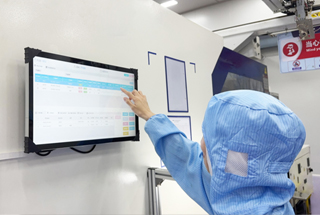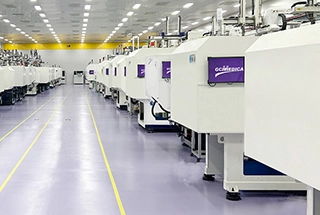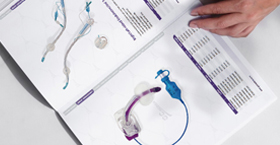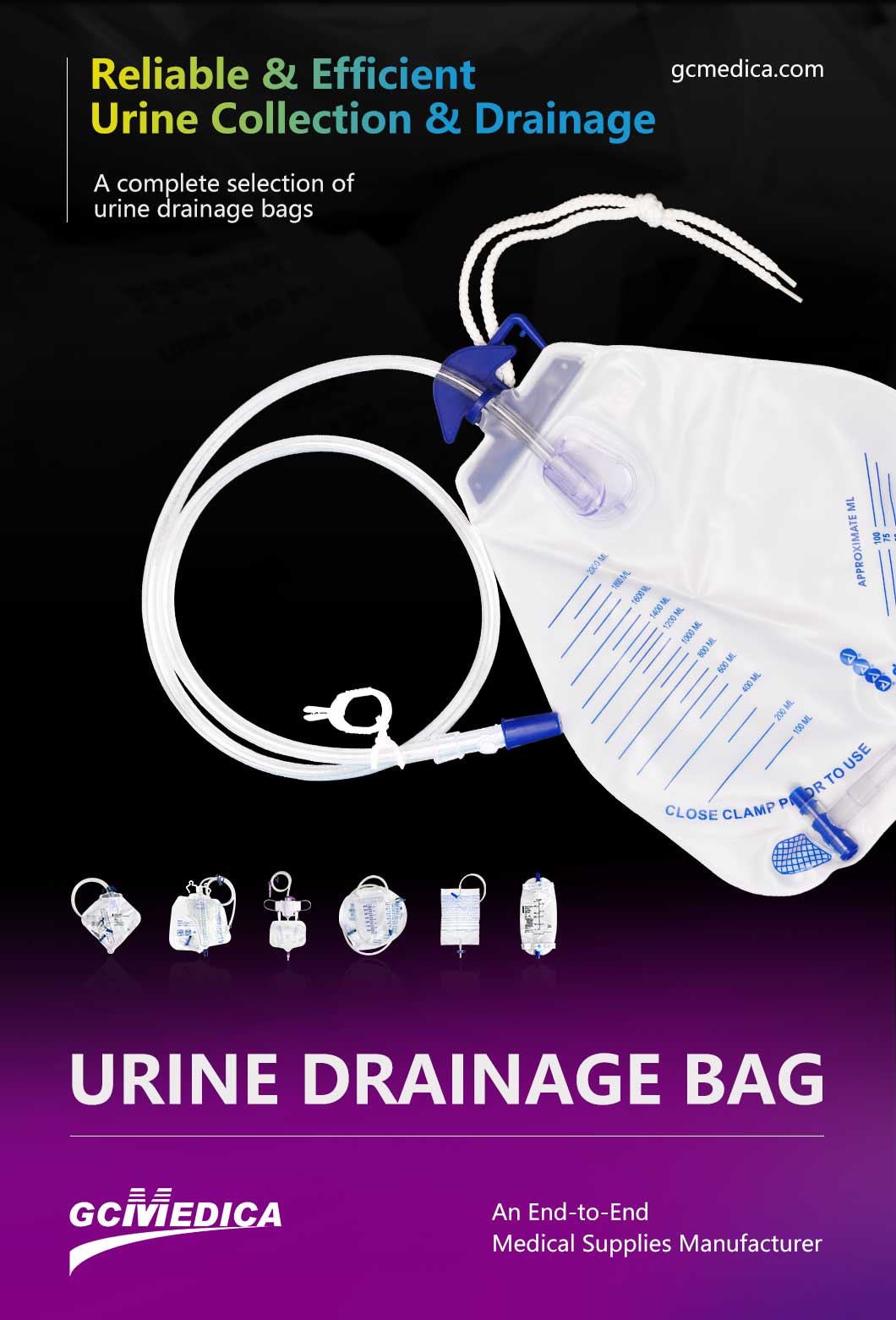Foley drainage bags are an essential component of urinary catheterization systems, designed to collect and measure urine output safely and hygienically. Available in several specialized types, these bags differ in capacity, material, and additional features to meet diverse patient needs—from ambulatory individuals requiring discreet leg bags to bedridden patients benefiting from high-capacity night bags. Proper selection of a drainage bag not only enhances patient comfort and mobility but also reduces the risk of infection, backflow, and leakage. Below is an overview of the most common types, followed by a comparative table that highlights their key characteristics.
When choosing a Foley drainage bag, clinicians and caregivers should consider factors such as volume requirements, duration of use, portability, and the patient’s level of activity. For example, pediatric patients often require smaller-capacity bags made of softer materials to accommodate delicate skin, whereas postoperative or critically ill adults may need larger, graduated bags that facilitate precise monitoring of urine output. Anti-reflux valves and non-return systems are crucial for preventing urine from flowing back into the bladder, thereby minimizing the risk of catheter-associated urinary tract infections (CAUTIs). Additionally, options like night drainage bags help consolidate output collection during sleep, reducing nighttime disturbances and improving rest.
Understanding these variations ensures that each patient receives the most appropriate drainage solution, balancing functionality with comfort. The following table summarizes five prevalent Foley drainage bag types, detailing their typical capacities, construction materials, and standout features:
| Type | Typical Capacity | Material | Key Features |
|---|---|---|---|
| Standard Leg Bag | 500–1000 mL | PVC or medical-grade TPU | Hook-and-loop straps, drainage tap, compact for mobility |
| Night Collection Bag | 2000–3000 mL | PVC | Graduated markings, anti-reflux valve, floor stand compatibility |
| Pediatric Bag | 250–500 mL | Soft silicone or PVC | Gentle material, smaller size, hypoallergenic |
| Anti-Reflux Bag | 1000–2000 mL | TPU with silicone valve | Integrated one-way valve, reduces backflow risk |
| Urostomy Bag | 1000–2000 mL | Multi-layer film | Odor barrier film, easy-access drainage port, secure closure |
By matching patient requirements with the appropriate drainage bag type, healthcare professionals can optimize urinary catheter management, enhance patient quality of life, and mitigate common complications associated with prolonged catheter use.
| Learn more about urine drainage bags > |


 Français
Français Español
Español Products
Products

 About Us
About Us












